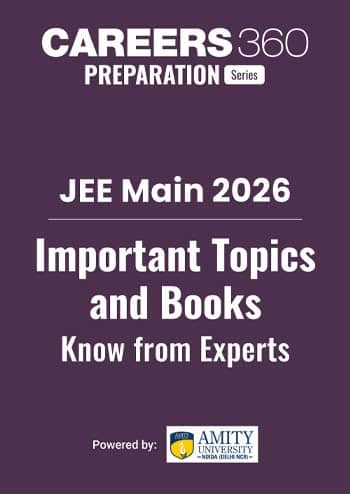SUMMATION FORMULA - Practice Questions & MCQ
Quick Facts
-
Summation by Sigma Operator is considered one the most difficult concept.
-
25 Questions around this concept.
Solve by difficulty
Let $\mathrm{r}^{\text {th }}$ term of a series be given by $\mathrm{t}_{\mathrm{r}}=\frac{r}{1-3 r^2+r^4}$. Then $\lim _{n \rightarrow \infty} \sum_{r=1}^n t_r$ is
If $f(x)=\frac{2^x}{2^x+\sqrt{2}}, x \in R$, then $\sum_{k=1}^{81} f\left(\frac{k}{82}\right)$ is equal to:
Concepts Covered - 1
Summation by Sigma( $\Sigma$ ) Operator
The summation of each term of a sequence or a series can be represented in a compact form, called summation or sigma notation. This summation is represented by the Greek capital letter, Sigma ( $\Sigma$ ).
For example,
$\mathrm{n}=10$
$\sum_{n=1}^n n$, it means the sum of $n$ terms when $n$ varies from 1 to 10
$
\sum_{n=1}^{n=10} n=1+2+3+4+5+6+7+8+9+10
$
Properties of Sigma Notation
1. $\sum_{\mathrm{r}=1}^{\mathrm{n}} \mathrm{T}_{\mathrm{r}}=\mathrm{T}_1+\mathrm{T}_2+\mathrm{T}_3+\ldots \ldots+\mathrm{T}_{\mathrm{n}}$, where, $\mathrm{T}_{\mathrm{r}}$ is the general term of the series.
2. $\sum_{\mathrm{r}=1}^{\mathrm{n}}\left(\mathrm{T}_{\mathrm{r}} \pm \mathrm{T}_{\mathrm{r}}^{\prime}\right)=\sum_{\mathrm{r}=1}^{\mathrm{n}} \mathrm{T}_{\mathrm{r}} \pm \sum_{\mathrm{r}=1}^{\mathrm{n}} \mathrm{T}_{\mathrm{r}}^{\prime}$ (sigma operator is distributive over addition and subtraction)
3. $\sum_{\mathrm{r}=1}^{\mathrm{n}} \mathrm{T}_{\mathrm{r}} \mathrm{T}_{\mathrm{r}}^{\prime} \neq\left(\sum_{\mathrm{r}=1}^{\mathrm{n}} \mathrm{T}_{\mathrm{r}}\right)\left(\sum_{\mathrm{r}=1}^{\mathrm{n}} \mathrm{T}_{\mathrm{r}}^{\prime}\right)$ (sigma operator is not distributive over multiplication)
4. $\sum_{\mathrm{r}=1}^{\mathrm{n}} \frac{\mathrm{T}_{\mathrm{r}}}{\mathrm{T}_{\mathrm{r}}^{\prime}} \neq \frac{\sum_{\mathrm{r}=1}^{\mathrm{n}} \mathrm{T}_{\mathrm{r}}}{\sum_{\mathrm{r}=1}^{\mathrm{n}} \mathrm{T}_{\mathrm{r}}^{\prime}}$ (sigma operator is not distributive over division)
5. $\sum_{\mathrm{r}=1}^{\mathrm{n}} \mathrm{a} \mathrm{T}_{\mathrm{r}}=\mathrm{a} \sum_{\mathrm{r}=1}^{\mathrm{n}} \mathrm{T}_{\mathrm{r}} \quad$ ( a is constant)
6. $\sum_{j=1}^n \sum_{i=1}^n T_i T_j=\left(\sum_{i=1}^n T_i\right)\left(\sum_{j=1}^n T_j\right) \quad$ (here i and j are independent)
Study it with Videos
"Stay in the loop. Receive exam news, study resources, and expert advice!"













